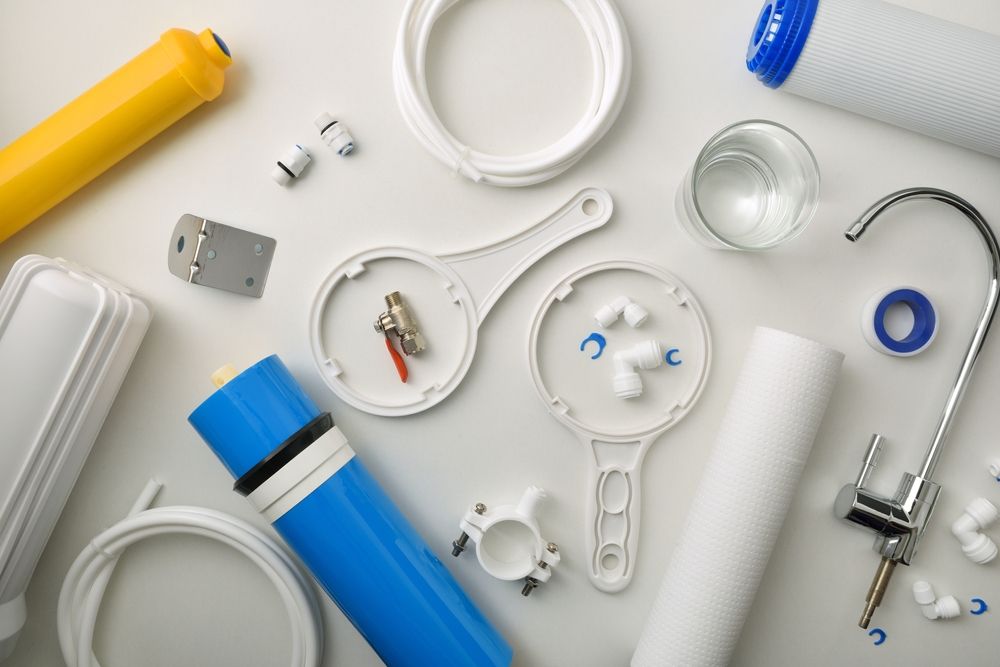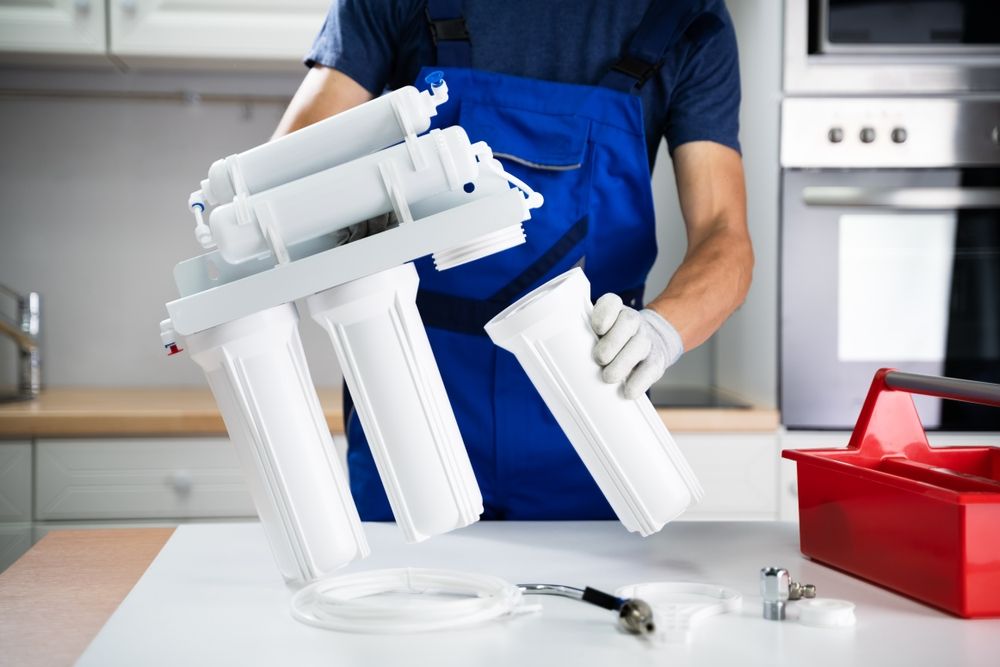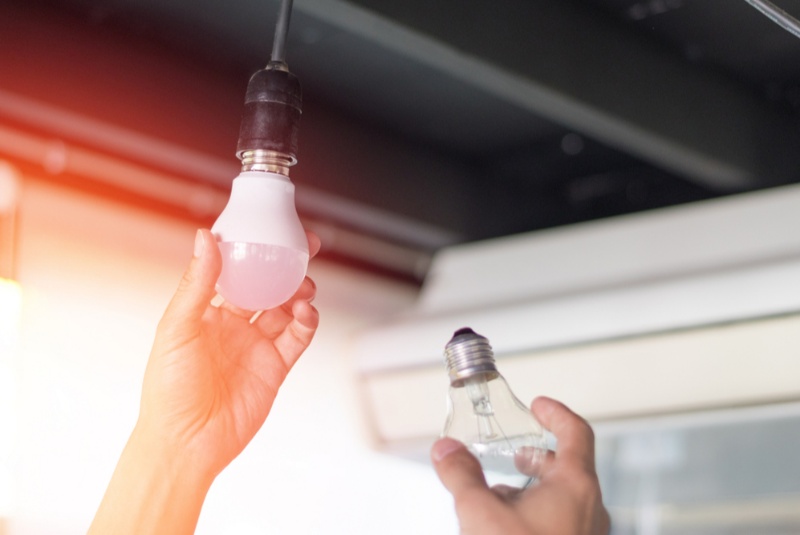Access to clean water is a necessity, but maintaining that access can be costly. Water filters and purification systems, while crucial for ensuring safe drinking water, often come with high upfront and recurring costs. However, with the right strategies, you can significantly reduce these expenses. In this article, we’ll explore effective ways to save on water filtration systems without compromising water quality.
Understand Your Water Needs
Before investing in a filtration system, conduct a water test to identify the contaminants present. Municipal water supplies often have reports available online, and home testing kits can help verify those results. Knowing what contaminants you’re dealing with prevents unnecessary spending on advanced systems when a basic filter will suffice.
For example, if your primary concern is chlorine and sediment, a simple faucet filter may be enough. But if your water has heavy metal contamination, you might need an advanced reverse osmosis (RO) system. Identifying your water treatment needs accurately ensures you don't overspend on unnecessary equipment.
Explore Different Filtration Options
There are multiple types of water purification systems available, each varying in price, efficiency, and purpose:
- Activated Carbon Filters are ideal for reducing chlorine, improving taste, and eliminating volatile organic compounds (VOCs).
- Reverse Osmosis (RO) Systems help eliminate heavy metals, nitrates, and bacteria, providing advanced filtration.
- Ultraviolet (UV) Purifiers are used to kill harmful microorganisms without chemicals.
- Whole-House Filters treat all the water entering your home, ensuring every faucet provides filtered water.
Comparing these options allows you to choose a system tailored to your specific needs without paying for unnecessary features.
Use Coupons and Look for Discounts
Many retailers and online stores offer discounts and coupons on water filtration products. Major shopping events like Black Friday, Cyber Monday, or seasonal sales often feature deals on water filters. Subscribing to newsletters from brands or retailers can alert you to upcoming promotions and exclusive discounts.
Online platforms such as Amazon and eBay also offer refurbished or discounted filters. Signing up for rewards programs and using price comparison tools can help you spot the best deals.
Consider Subscription Services
Some companies offer subscription-based filter replacement services, which can reduce costs over time. Instead of buying replacement filters at full price each time, subscriptions often come with discounts and automatic deliveries. Brands like Brita and PUR offer loyalty programs or subscription discounts for their filters.
Additionally, buying in bulk through a subscription can save money. Many companies provide packs of filters at a lower price per unit than single replacements. This strategy ensures you always have fresh filters on hand and helps you avoid last-minute purchases at higher prices.

Maintain Your System Properly
Proper maintenance extends the life of your water filtration system, reducing the need for costly repairs or replacements. Regularly cleaning and replacing filters ensures optimal performance. Following the manufacturer’s guidelines for maintenance can also prevent small issues from becoming major repairs.
Check for leaks, clean the filter housings, and sanitize your system as recommended. If your system uses pre-filters, replacing them on time can prevent blockages and extend the lifespan of more expensive filters.
Opt for DIY Installation
Many water filtration systems, such as countertop or faucet filters, are easy to install without professional help. Installing the system yourself saves on labor costs, which can be significant, especially for whole-house filters.
Before starting, review the product’s installation manual or watch tutorials online to ensure you’re comfortable with the process. Some manufacturers also provide free technical support to guide you through installation. DIY installation not only reduces expenses but also helps you become familiar with maintaining the system in the future.
Look for NSF-Certified Products
While it might be tempting to buy the cheapest filters available, prioritizing quality ensures long-term savings. Look for products certified by the National Sanitation Foundation (NSF) to ensure they meet industry standards for safety and performance.
Poor-quality filters may need frequent replacements, negating any initial savings. Certified products offer reliability, which means fewer filter changes and better protection for your household.
Reuse and Recycle Filters Where Possible
Some companies, like Brita, offer recycling programs for used filters, which can help reduce waste and offer incentives or discounts for customers who participate. Reusing or recycling parts of your filtration system responsibly can cut down on replacement costs.
If the manufacturer of your filter provides a recycling or return program, make sure to take advantage of it. This approach contributes to environmental sustainability and may reward you with coupons or discounts on future purchases.
Compare Long-Term Costs vs. Initial Costs
While some water filtration systems may seem expensive upfront, they could offer better value in the long run. For example, a whole-house system might cost more initially but reduce the need for multiple smaller filters throughout your home. Similarly, an RO system with a high-quality membrane might last longer and provide better filtration over time.
Consider the cost of replacement filters, maintenance, and expected lifespan when comparing different options. A system with low operating costs and a longer life may be more cost-effective than a cheaper alternative with high maintenance requirements.
Look for Government Rebates or Tax Incentives
In some areas, local governments or water utility companies offer rebates or tax incentives for installing water-saving appliances and filtration systems. These incentives encourage consumers to invest in sustainable solutions and can significantly offset the initial cost.
Check with your local utility provider to see if such programs are available in your area. Even a small rebate can make a big difference when combined with other savings strategies.
Saving on water filters and purification systems doesn’t mean compromising on quality. By understanding your water needs, comparing different filtration options, using discounts and subscriptions, and maintaining your system properly, you can enjoy clean water at a lower cost. Additionally, opting for certified products, exploring recycling programs, and taking advantage of government incentives can further enhance your savings.
Clean water is essential, and with these strategies, you can ensure your household stays healthy while keeping your expenses under control. Investing wisely in water filtration ensures that your family enjoys safe water without straining your budget.





